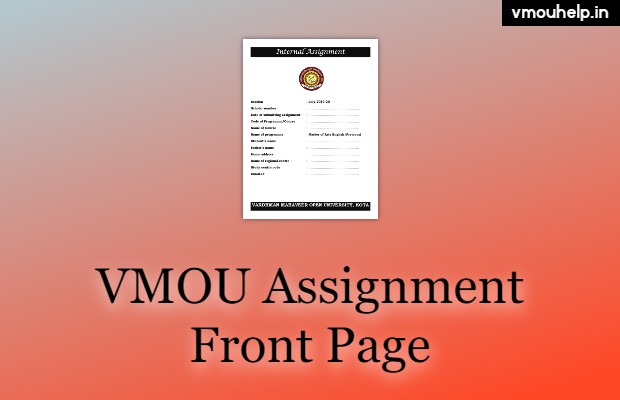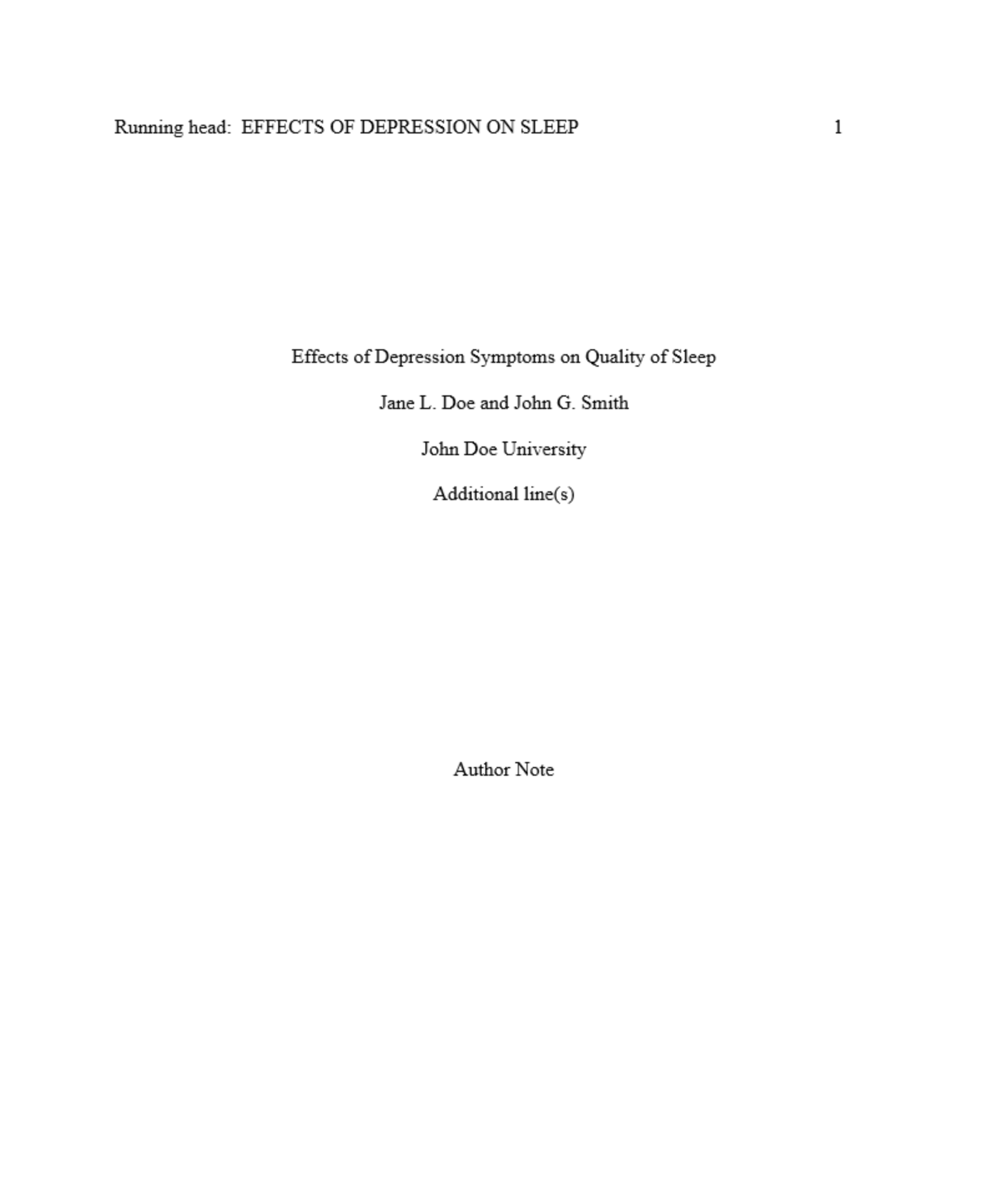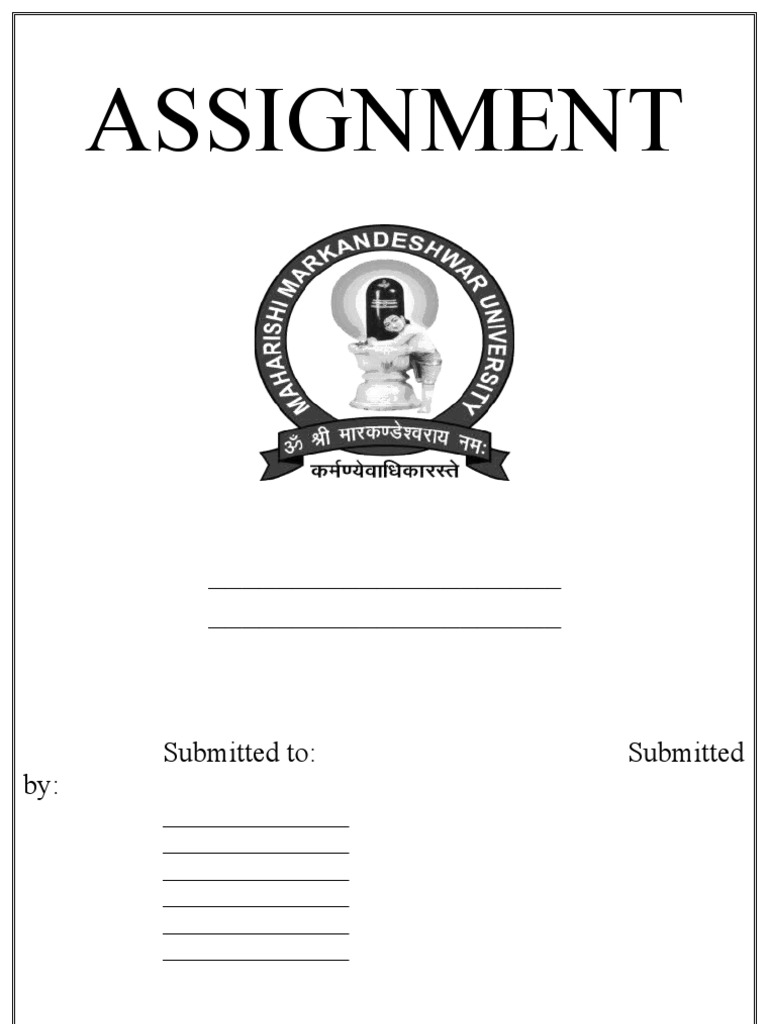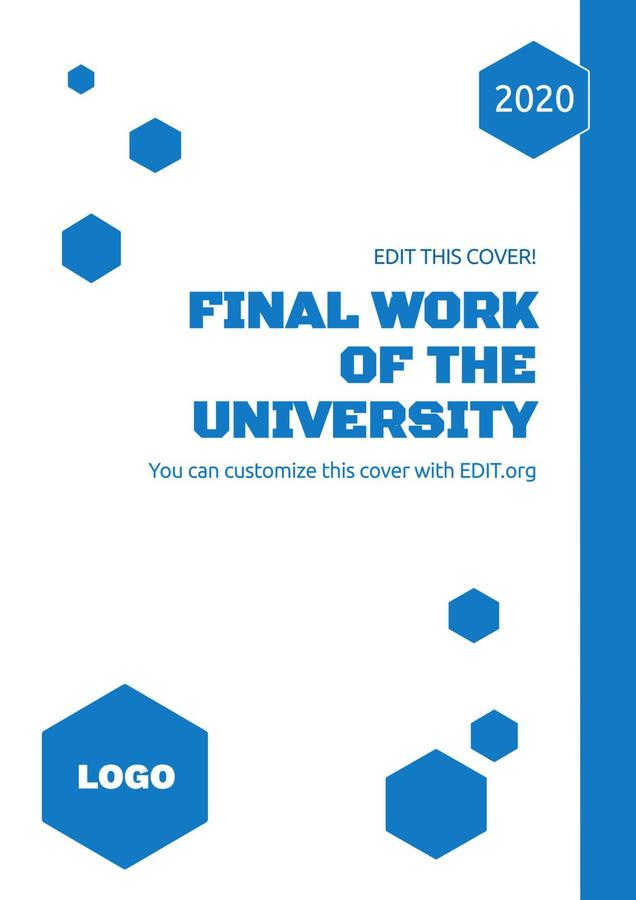A front page, also known as a homepage, is the first page that a user sees when visiting a website. It is the most important page of a website as it sets the tone for the rest of the site and is often the first impression that users have of the business or organization behind the site. As such, it is important to carefully consider the format of the front page in order to effectively communicate the purpose and content of the website to users.
One important aspect of front page format is the layout. The layout should be visually appealing and easy to navigate, with clear headings and sections that allow users to quickly find the information they are looking for. A clean, uncluttered design is usually best, as it allows users to focus on the content rather than being distracted by unnecessary graphics or design elements.
Another important aspect of front page format is the content. The content of the front page should be carefully chosen to accurately represent the purpose and content of the website. This may include an overview of the business or organization, information about the products or services offered, and links to important pages within the site. It is important to keep the content relevant and up-to-date, as this will help to keep users engaged and coming back to the site.
In addition to layout and content, the front page format should also consider the use of multimedia elements such as images, videos, and audio. These can be used to enhance the user experience and make the site more interactive and engaging. However, it is important to use these elements judiciously and ensure that they do not slow down the loading time of the page or distract from the core content.
Overall, the front page format is a crucial aspect of any website and should be carefully planned and executed in order to effectively communicate the purpose and content of the site to users. By considering layout, content, and multimedia elements, website creators can create a front page that effectively engages and informs users.







